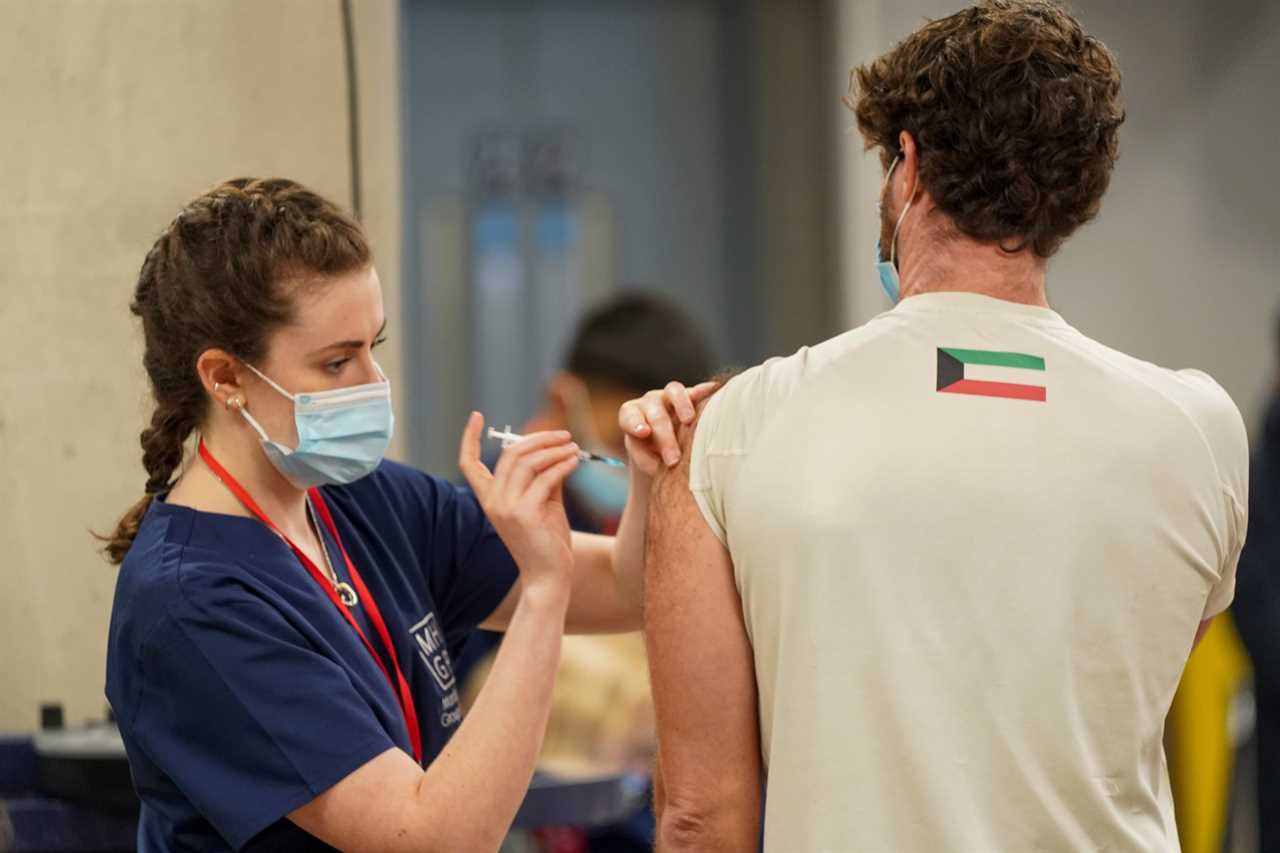MEN and old people are most likely to end up in hospital or die of Covid after getting vaccinated.
Scientist made the discovery after making a virus “risk calculator”.

Oxford University experts used vaccine data to update a programme they invented last year to work out who is most in danger from the virus.
The new algorithm revealed people with kidney transplants, Down’s syndrome or sickle cell disease were at the highest risk from Covid after being double-jabbed.
Vaccines did bring down the chances of them ending up in hospital or dying but the protection was not as strong as in healthier groups.
The main common risk factors were the same as in unvaccinated people, with old age, male sex and coming from ethnic minority groups linked to worse survival odds.
Professor Carol Coupland, a medical statistics expert at Nottingham University, said: “Overall, the risks are much much lower than before vaccination but it hasn’t completely removed the differences between groups of people.”
Other conditions that put people at a higher-than-average risk from Covid – despite being double-jabbed – include chemotherapy patients and people with HIV, dementia or Parkinson’s.
People from Indian or Pakistani backgrounds also appeared to have higher rates of severe disease after being vaccinated.
The risk calculator, updated with figures from 5.2million vaccinated Brits, will be used by the NHS so doctors can work out which patients need to be extra careful.
During the height of the crisis, medics used the tool to decide who should be on the shielding list.
Shielding has permanently come to an end now, thanks to the vaccine rollout, but the team’s calculator could help keep patients safe in future.
Everyone identified as at higher risk by the calculator will be offered a booster vaccine this autumn or winter, with over 30million adults set to get a third dose.
Professor Penny Ward, of King’s College London, was not involved with the study but said: “We already know that, while highly effective in preventing infection and illness, vaccination is not 100 per cent effective in preventing either in the general population.
“Risk of a more severe outcome is higher in certain patient populations, and this demonstrates that some of these risk factors remain in the event of a breakthrough infection occurring despite vaccination.”






